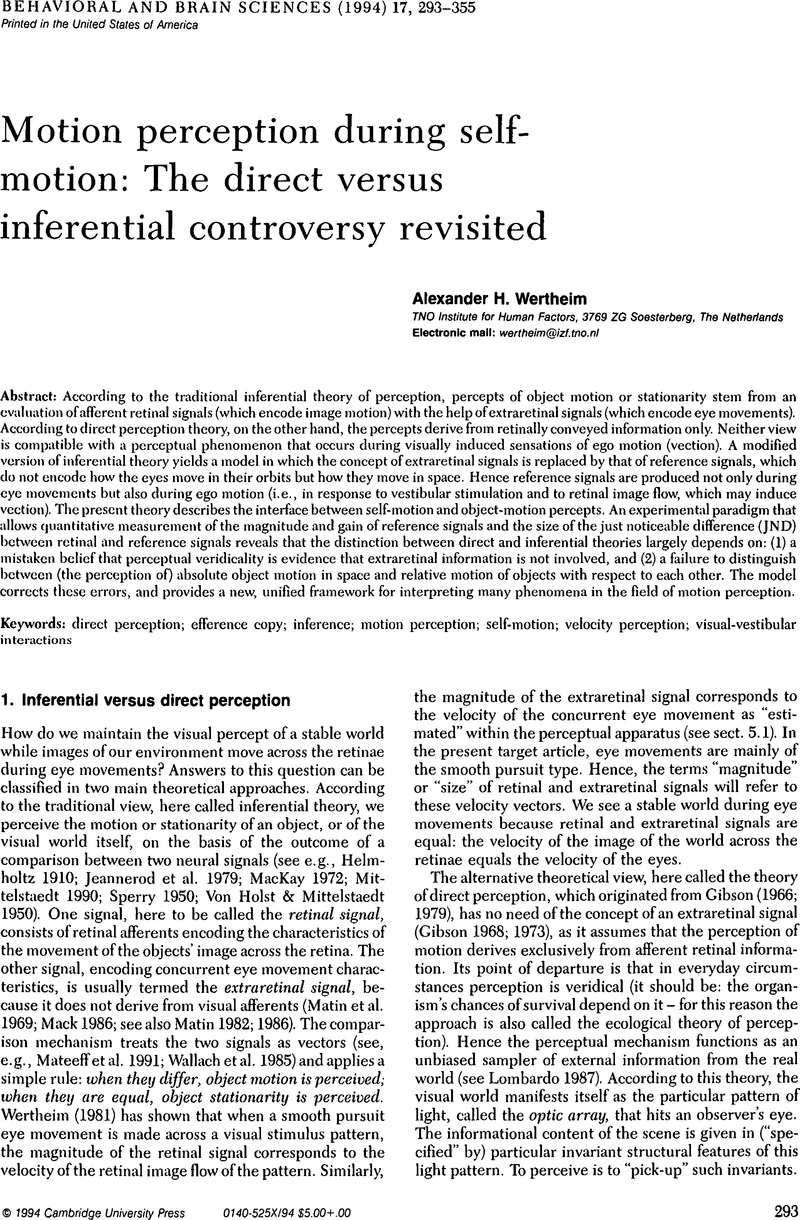Crossref Citations
This article has been cited by the following publications. This list is generated based on data provided by Crossref.
Davids, Keith
Kingsbury, Damian
George, Keith
O'Connell, Mary
and
Stock, David
1999.
Interacting Constraints and the Emergence of Postural Behavior in ACL-Deficient Subjects.
Journal of Motor Behavior,
Vol. 31,
Issue. 4,
p.
358.



